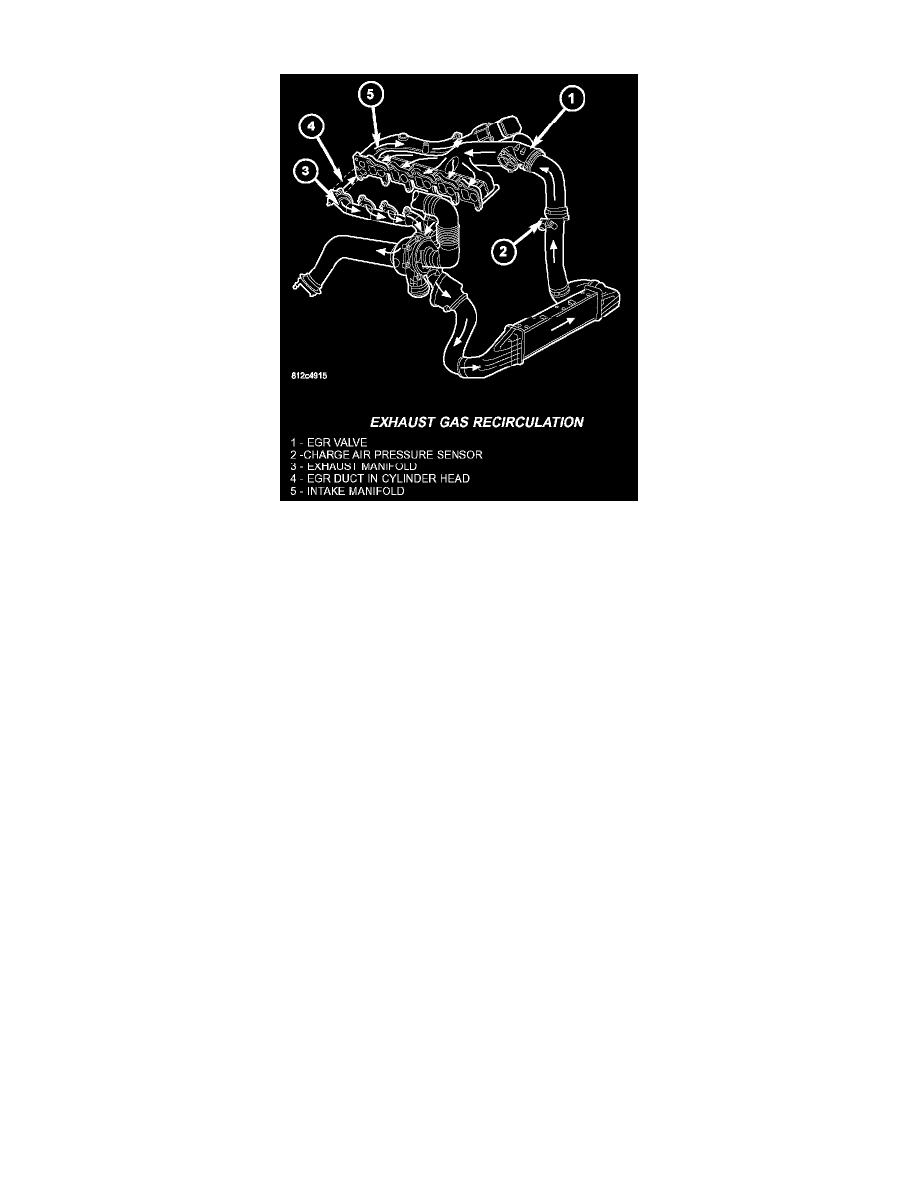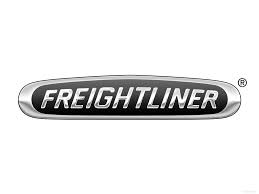Sprinter 3500 EGR Valve – Component Information and Locations

EGR Valve: Description and Operation
Exhaust Gas Recirculation
Exhaust gas recirculation reduces the quantity of fresh air supplied to the cylinders per stroke without having to throttle the air supply. Exhaust gas is
recirculated during all engine speed and engine load conditions. As a result, emissions are reduced. If c quantity of exhaust gas is mixed with the air that
is to be used to burn the fuel in the cylinders, the oxygen content is reduced because the exhaust gas is low in oxygen. The result is that the combustion
rate is reduced, as is the combustion temperature. This reduces the quantity of NOx that are emitted in the exhaust gas.
The ECM power supply relay has a power off delay feature. The relay is powered off approximately 15 seconds after the ignition switch is turned off.
This allows for the self-cleaning function of the EGR valve and a function check of the sensors for diagnosis purposes.
The mass of the air supplied to the cylinders per stroke is the decisive factor for determining the optimum quantity of exhaust gas for the operating
condition. This is calculated from the Mass Air Flow sensor information.
The ECM evaluates this signal as well as that from the Charge Air Pressure sensor, and outputs a PWM signal in accordance with one of the maps stored
in it. The signal is sent to the exhaust gas recirculation valve. The map is formulated to keep the NOx as low as possible. The EGR valve is actuated by
an electric positioning motor and has a self cleaning function. Every time the ignition switch is turned off, the valve rotates twice to eliminate any carbon
deposits.
